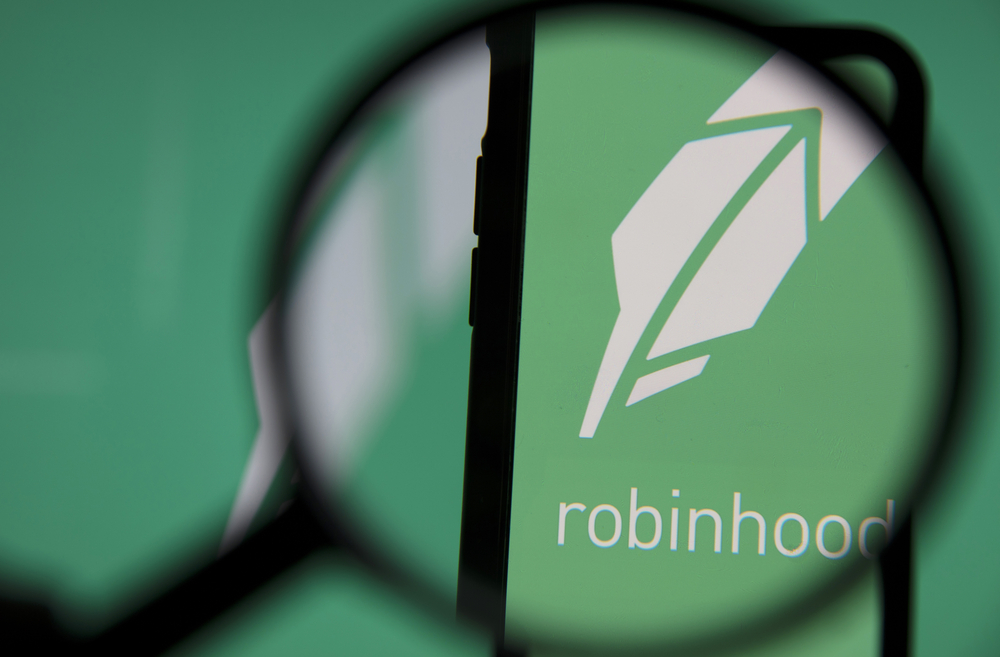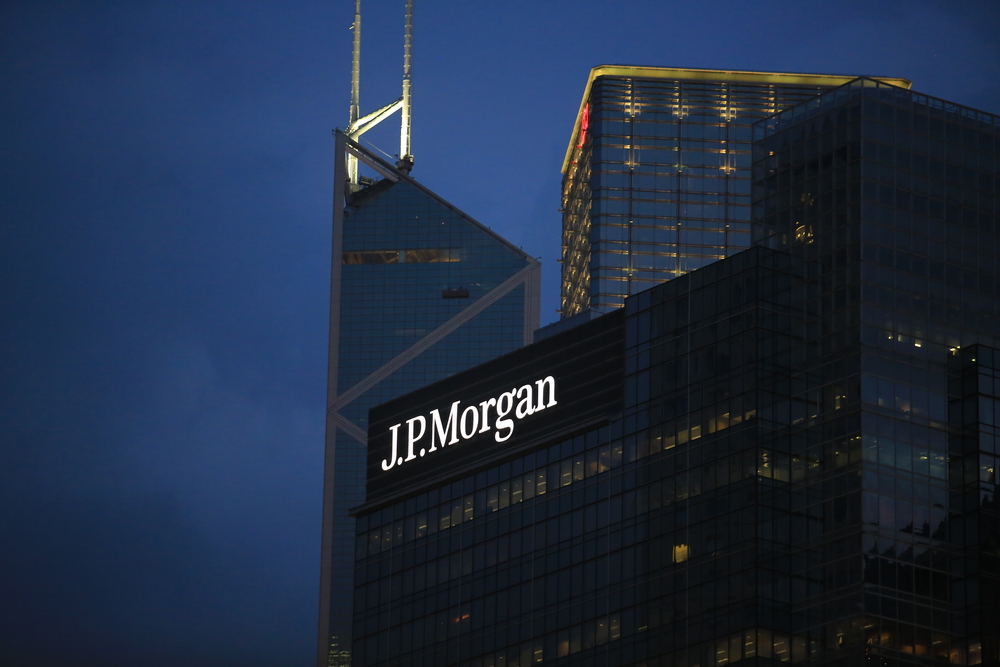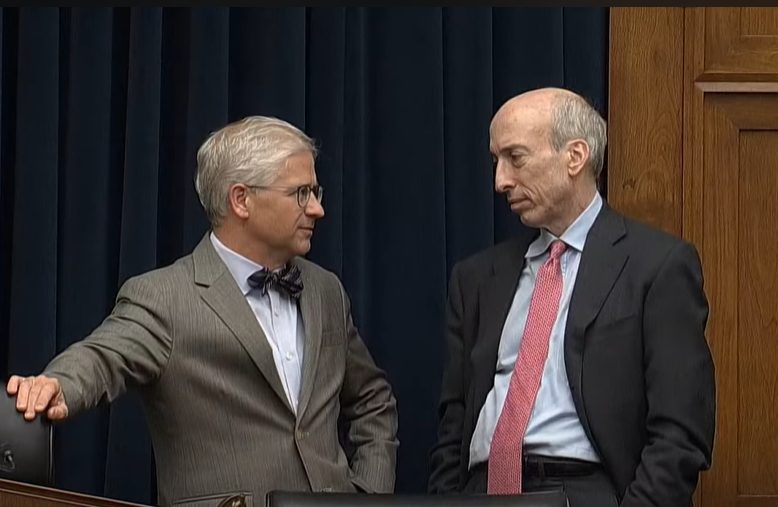Inflation is slowing down in April, according to the latest report from the Bureau of Labor Statistics posted on the 10th of May, 2023. The Consumer Price Index (CPI), which measures changes in the prices of a basket of goods and services commonly purchased by households in the US, rose just 0.4% in April, lower than economists’ expectations. After ten consecutive months of decrease in inflation, we may finally observe a pause in interest rates from the Fed.

If you’ve been wondering why your groceries, gas, and housing prices are getting more expensive, the monthly inflation report has the answers. Also known as the Consumer Price Index (CPI), this report measures changes in the prices of goods and services commonly bought by households in the US. But it’s not just a boring set of numbers – it’s a key indicator of how inflation affects our daily lives, from the cost of borrowing money to the economy’s overall health.
The report should inform the decisions made by the Federal Reserve in the meeting in June. The Central Bank has already indicated that it will tolerate higher inflation for a temporary period as the economy recovers. The reduction in CPI may suggest that the interest rate hikes may be paused, and we may even see a reduction in rates toward 2023.
What are the key takeaways from the latest inflation report?
According to the CPI table, the seasonally adjusted percentage change in all items’ CPI was 0.4% in April 2023. The 12-month unadjusted CPI for all items ending in April 2023 was 4.9%, slightly below the 5.0% expected by economists.
Rising shelter costs significantly impacted the monthly increase, followed by used cars and gasoline prices. Prices in the car industry are still growing, which is a reminder that inflation rates are still high. However, we are observing a trajectory toward improvement.
Food prices remained the same in April as in March, with a slight increase of 0.4% in food away from home, while food at home decreased by 0.2%. On the other hand, energy prices rose by 0.6% but are still 5.5% lower YoY, mainly due to a 12.6% drop in energy commodities, primarily gasoline.
All items less food and energy, also known as the core measure, increased by 0.4%, and services less energy services rose by 0.5%. Shelter services rose by 0.4%, while transportation services prices dropped by 0.2%.
What does this mean for the Federal Reserve?
In terms of what the experts think of how the Fed will act after reading the April inflation report, analysts believe that a pause would be the best move. After a rate increase in May and based on the CPI numbers, the chances of the central bank of America increasing the interest rates are low.
We don’t think that will persuade the Fed to hike again at the June FOMC meeting, but it does suggest a risk that rates will need to remain high for a little longer than we have assumed.” said capital economics economist Andrew Hunter.
According to the CME FedWatch Tool, the odds of a rate pause are close to 96.3% by the time of publishing this article. The chances we finally see a break and even a reduction in the rate during 2023 are high. Still, the meeting that will determine the outcome will be held on the 14th of June, meaning that there is one more CPI and jobs report the Fed will consider.
What is the state of the stock market after the inflation report?
The stock market faced losses after the inflation report, with the NASDAQ falling 0.2% and the S&P 500 down 0.4%. However, the most rugged hit was the Dow Jones Industrial Average index, which dropped by around 250 points, totaling a loss of approximately 0.8%. In addition, Disney shares fell by a significant 8% following their earnings report.
Investors also have concerns about the banking sector, particularly PacWest shares, which fell by 25% after a report revealed that deposits were down 9.5% last week. With the fear of more banking regulations, banks are close to a crisis. Yet the pause in rate hikes may shine a light of hope in the industry.




